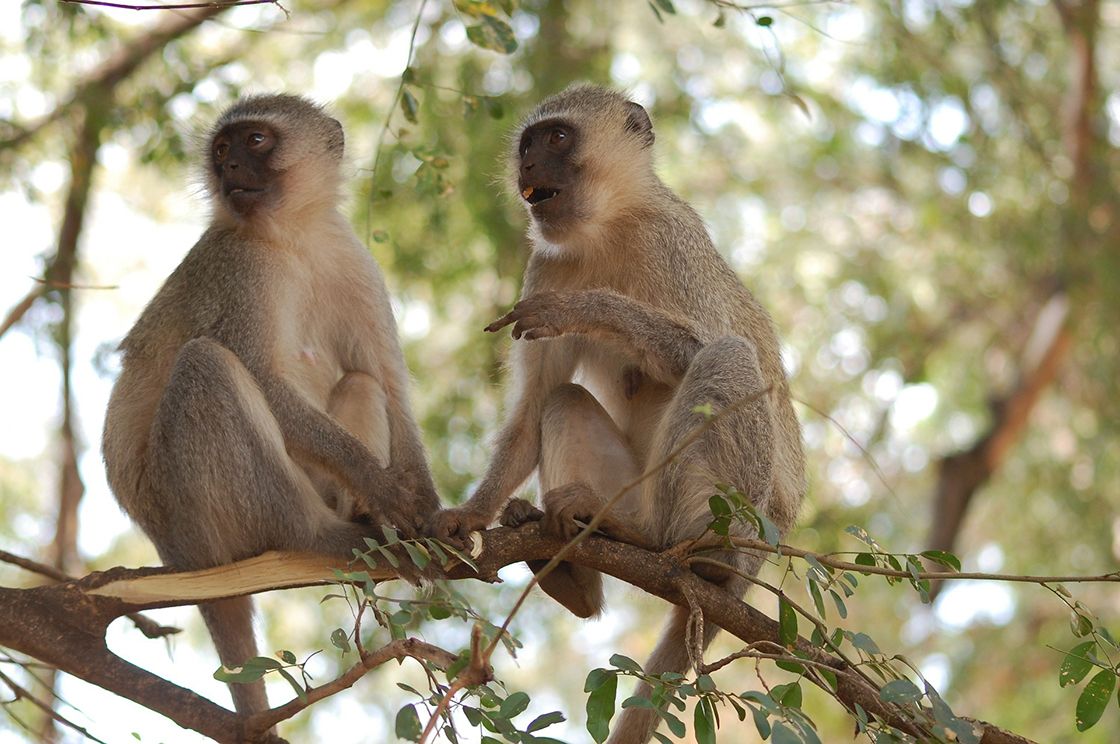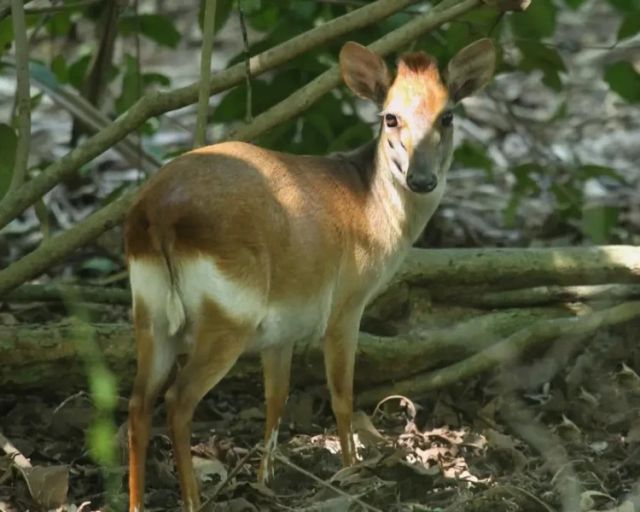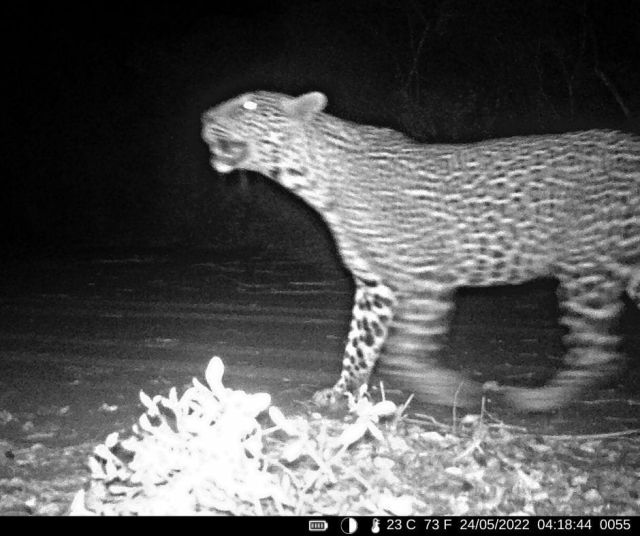
NEWS
06-08-2021 by Leni Frau

Colder-than-usual temperatures in July on the Kenyan coast and a decrease in the flow of tourists have encouraged the repopulation of monkeys between Malindi, Watamu and Kilifi.
The phenomenon has been on the rise for a few years now, but the pandemic period and these last few months of temperature fluctuations and colder than usual temperatures have attracted several families of monkeys.
According to Kws and some animal protection associations, the climate is one of the main reasons why the monkeys have returned to repopulate not only the Arabuko Sokoke, the rainforest near Malindi and Watamu, but also the villas in the two tourist resorts that have gardens with leafy trees. So it also happens that some become almost "domestic" or at least get close. In historic gardens such as that of the White Elephant, they can be seen moving more and more naturally.
On the north coast of Kenya it was a colder July than usual, with temperatures around twenty degrees, as already happened in 2018 and 2013, reaching averages that go back as far as fifty-seven years ago, while in Nairobi the citizens, especially in the poor districts, were able to experience conditions of survival at five or six degrees above zero.
For the past week the sun has been peeking out intermittently and the cool wind has died down slightly, but our closest relatives in the animal world are not showing any ill will and are conquering areas from where they have long been absent, such as the beaches and well-tended gardens of the Casuarina private villas in Malindi.
Could this historical period of involution actually be a return to the origins?
Conservationists, on the other hand, are focused on the rise of white-bearded monkeys in the Rift Valley. The discovery in Kenya of a new population of these specimens far from their normal habitat is a sign of how climate change may already be changing Africa's ecology.
This is at least the opinion of leading conservationists.
The search for new forests, which due to deforestation, urbanisation and incineration are fewer and fewer, means that monkeys are becoming nomadic animals in search of less arid areas.
Apart from certain ethnic groups that have no problem in hunting them down and eating them, the monkeys do not bring any major benefits, but neither do they pose much of a threat to Kenya, but at the same time, their "invasion" cannot be seen as just a matter of colour.

At the early 1900, Diani was the first holiday place for the english. Sailors and adventurers, colonizers and dealers discovered nature and sea at only 25 km from Mombasa, while working and planning their East Africa and connecting Kenya with...
HEALTH
by redazione

Kenya has never had a case of Monkeypox.
It is a case...
ENVIRONMENT
by redazione

Not always the bad news they bring as many, sometimes it rains in the dry and not wet. The inevitable progress that is also coming in the coastal tourist towns of Malindi and Watamu, with its problems of deforestation to...
by redazione

If you want to see the rare Sitatunga water antelope, there is only one park in Kenya where...
RARE SPECIES
by Leni Frau

The Swahili call it 'Nunga', while for the Giriama of the coast it is 'Harake', perhaps because it is adept...
PLACES IN KENYA
by Leni Frau

There is a small place to immerse yourself in nature, between Mount Kenya and Aberdare Forest, about...
TALES
by Claudia Peli

They found it in an abandoned bucket under a mabati canopy in the forest.
A red bucket...
STORIES
by Freddie del Curatolo

From today you can safely call me Mbogo Kimera and I will try to answer you, with a proud smile.
It is a great honor for me to become a turnaround and have been invested in this "honorary tribe" during...
ENVIRONMENT
by Leni Frau

A leopard roams the Arabuko Sokoke forest, the vast green patch that stretches from Mida Creek to the road...

It is still one of the most pristine natural places in Kenya, suspended in an Afro-alpine landscape...